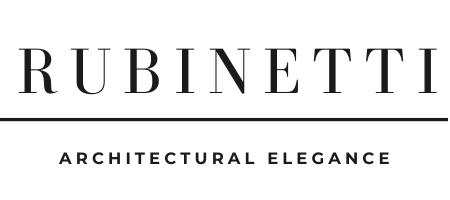What is PVD?
Welcome to our informative web page on PVD (Physical Vapor Deposition) coating, an advanced metal coating process that offers numerous benefits and advantages over traditional electroplating methods. In this article, we will explore the process of PVD coating, its benefits, and a comparison to electroplating.
The Process of PVD Coating:
PVD coating is a highly advanced and versatile technique used to deposit thin layers of metal onto various substrates. Unlike electroplating, which relies on an electrochemical process, PVD coating operates in a vacuum environment and involves the following key steps:
Preparation: The substrate is thoroughly cleaned and prepared to ensure proper adhesion of the PVD coating. Surface cleaning may involve techniques such as ultrasonic cleaning, chemical etching, or mechanical polishing.
Evaporation/Physical Vaporization: In a vacuum chamber, the metal source material is heated until it reaches a vapor state through a process called evaporation or physical vaporization. The most commonly used metal sources include titanium, chromium, aluminum, and others, depending on the desired coating properties.
Film Deposition: The vaporized metal atoms travel through the vacuum chamber and condense onto the substrate's surface, forming a thin film. The deposition can occur through different mechanisms, such as condensation, sputtering, or arc evaporation, depending on the specific PVD technique employed.
Film Growth and Structure Control: The deposited metal atoms arrange themselves to form a cohesive and uniform thin film on the substrate. Various parameters, such as deposition rate, temperature, and gas pressure, can be controlled to achieve desired film properties, such as thickness, hardness, adhesion, and composition.
Finishing and Post-Treatment: After deposition, the PVD-coated substrate may undergo additional processes, such as polishing, surface treatments, or annealing, to further enhance the coating's properties and appearance.
Benefits of PVD Coating:
PVD coating offers a wide range of benefits compared to traditional electroplating methods, making it increasingly popular in various industries. Some key advantages include:
Enhanced Durability: PVD coatings exhibit exceptional hardness, wear resistance, and scratch resistance, enhancing the lifespan and performance of coated products.
Uniform Coating Thickness: PVD coatings provide a highly uniform thickness across complex shapes and intricate geometries, ensuring consistent quality and functionality.
Versatility and Customizability: PVD coatings can be tailored to meet specific requirements by adjusting deposition parameters, enabling customization of properties such as color, reflectivity, and surface finish.
Chemical and Corrosion Resistance: PVD coatings offer excellent resistance to chemicals, corrosion, and oxidation, protecting the underlying substrate from degradation.
Environmentally Friendly: PVD coating is a more environmentally friendly alternative to electroplating as it does not involve the use of toxic chemicals or produce hazardous waste.
Comparison to Electroplating:
While both PVD coating and electroplating aim to provide metal coatings, there are several fundamental differences between the two processes:
Deposition Mechanism: Electroplating relies on an electrochemical reaction to deposit metal ions onto the substrate, requiring an electrolyte and electrical current. In contrast, PVD coating operates in a vacuum environment and involves the physical vaporization and condensation of metal atoms.
Coating Thickness: PVD coatings are typically much thinner than electroplated coatings. PVD coatings range from a few nanometers to several micrometers, while electroplated coatings can be significantly thicker.
